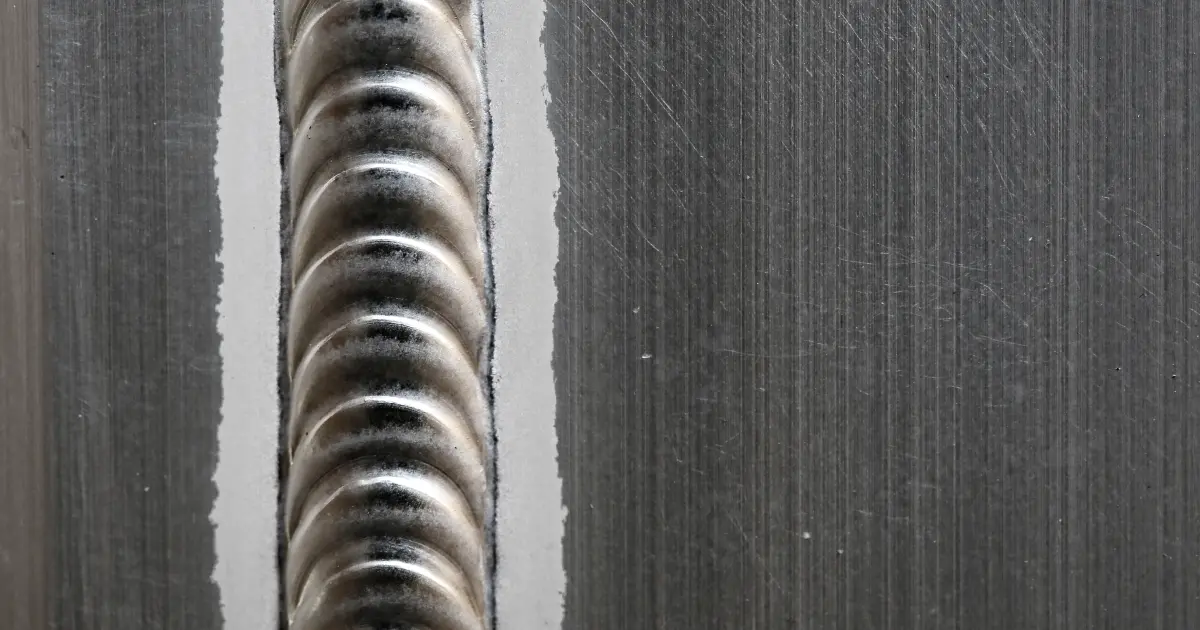The Science Behind Porosity: A Comprehensive Guide for Welders and Fabricators
Comprehending the complex mechanisms behind porosity in welding is important for welders and fabricators making every effort for remarkable craftsmanship. From the composition of the base materials to the details of the welding process itself, a multitude of variables conspire to either exacerbate or reduce the existence of porosity.
Comprehending Porosity in Welding
FIRST SENTENCE:
Exam of porosity in welding exposes critical understandings into the honesty and quality of the weld joint. Porosity, defined by the existence of dental caries or gaps within the weld metal, is a typical worry in welding procedures. These spaces, if not properly attended to, can compromise the architectural stability and mechanical residential or commercial properties of the weld, leading to prospective failings in the finished item.

To detect and quantify porosity, non-destructive testing techniques such as ultrasonic screening or X-ray assessment are commonly used. These techniques enable the identification of interior flaws without endangering the honesty of the weld. By evaluating the size, shape, and circulation of porosity within a weld, welders can make educated decisions to enhance their welding processes and attain sounder weld joints.

Aspects Influencing Porosity Formation
The incident of porosity in welding is affected by a myriad of elements, varying from gas protecting effectiveness to the complexities of welding criterion settings. Welding criteria, including voltage, current, travel speed, and electrode kind, likewise influence porosity formation. The welding technique employed, such as gas metal arc welding (GMAW) or shielded steel arc welding (SMAW), can affect porosity development due to variations in heat distribution and gas coverage - What is Porosity.
Effects of Porosity on Weld Top Quality
Porosity formation dramatically jeopardizes the structural honesty and mechanical homes of bonded joints. When porosity exists in a weld, it creates spaces or dental caries within the material, reducing the general stamina of the joint. These gaps work as tension focus points, making the weld more at risk to cracking and failing under load. The presence of porosity also compromises the weld's resistance to rust, as the trapped air or gases within the spaces can react with the surrounding environment, leading to deterioration over time. Furthermore, porosity can prevent the weld's capability to stand up to pressure or impact, additional jeopardizing the total top quality and integrity of the bonded framework. In vital applications such as aerospace, auto, or structural constructions, where safety and security and toughness are vital, the destructive impacts of porosity on weld high quality can have severe repercussions, stressing the significance of lessening porosity with proper welding strategies and treatments.
Methods to Minimize Porosity
Furthermore, using the appropriate welding specifications, such as the proper voltage, current, and travel speed, is vital in preventing porosity. Maintaining a consistent arc size and angle throughout welding also aids lower the chance of porosity.

Utilizing the proper welding method, such as back-stepping or click here to read employing a weaving motion, can also aid distribute warmth evenly and browse around this web-site decrease the opportunities of porosity formation. By carrying out these techniques, welders can successfully decrease porosity and create top notch bonded joints.

Advanced Solutions for Porosity Control
Executing innovative technologies and ingenious methods plays a critical function in accomplishing remarkable control over porosity in welding processes. Furthermore, employing innovative welding methods such as pulsed MIG welding or modified environment welding can additionally aid reduce porosity issues.
Another sophisticated option includes making use of advanced welding devices. For instance, making use of tools with integrated attributes like waveform control and sophisticated power resources can improve weld quality and minimize porosity threats. The implementation of automated welding systems with specific control over criteria can dramatically decrease porosity flaws.
Moreover, integrating innovative monitoring and examination technologies such as real-time X-ray imaging or automated ultrasonic screening can aid in identifying porosity early in the welding process, allowing for instant restorative activities. On the whole, incorporating these advanced services can substantially improve porosity control and boost the general high quality of bonded elements.
Conclusion
To conclude, understanding the scientific research behind porosity in welding is vital for welders and fabricators to create top notch welds. By determining the elements affecting porosity formation and executing techniques to decrease it, welders can enhance the total weld top quality. Advanced services for porosity control can better improve the welding procedure click over here now and guarantee a strong and reliable weld. It is necessary for welders to continually educate themselves on porosity and implement ideal methods to achieve optimum results.